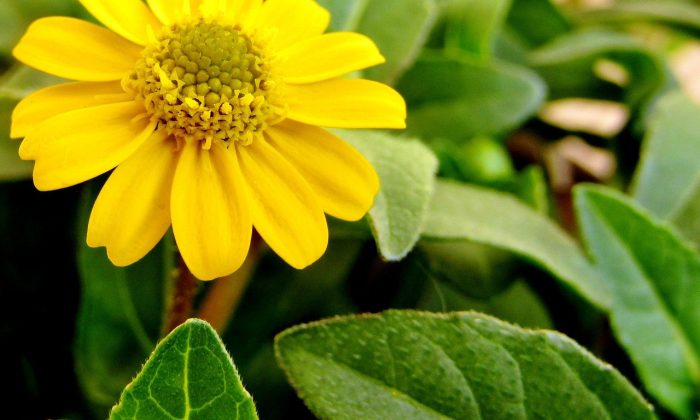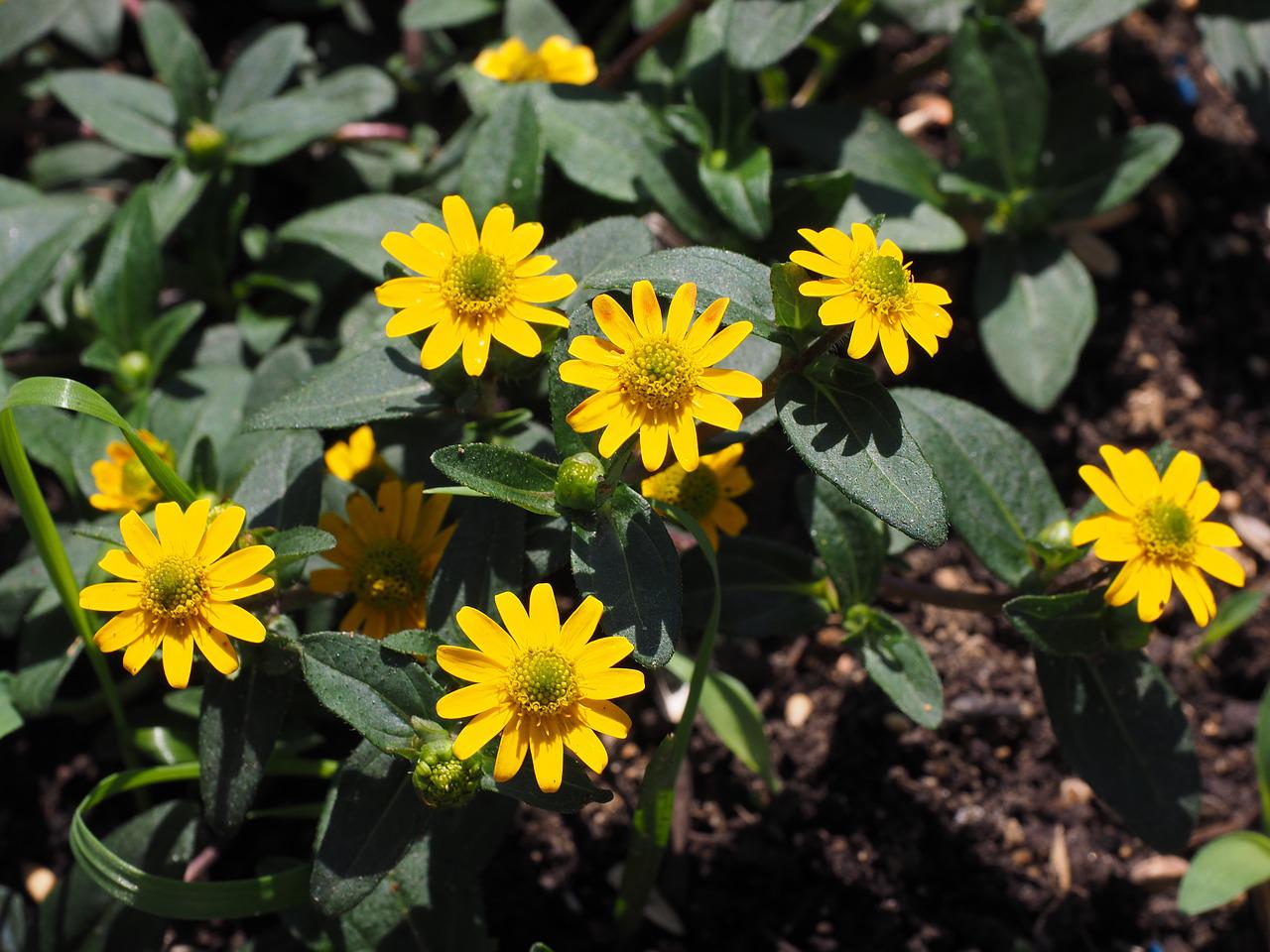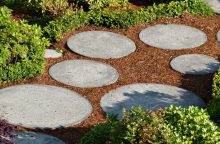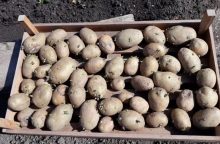Sanvitalia – a beauty with small petals

Sanvitalia, creeping zinnia, dwarf sunflower or also known as gold trim floral are all names perfectly suited for a beautiful plant with small flowers. This well-branched plant does not grow tall but is able to cover a large area. Thanks to its dark centre with orange or yellow petals, Sanvitalia resembles a little sunflower. It is a very resilient and easy to grow.
Growing sanvitalia
Sanvitalia likes a warm and sunny habitat, but it will do well in a partial shade too, but you have to keep in mind that the less light you give, the less flowers you will have. It requires a well-permeable soil with compost and sand. You can buy the proper soil substrate in a garden store or you may prepare it yourself. Sanvitalias hate freezing weather, but they do not mind a windy place. Thanks to its rather low height (15-20 cm), it is well-suited for flower pots, hanging boxes and flower beds. If you wish to plant Sanvitalia in a flower bed, leave enough space between individual plants so it can grow nicely and will not interfere with other plants. You do not have to clip out flowers as they fall off on their own. No pests like the taste of this plant, so there is one less worry for you.

Fertilization and watering
When it comes to watering, sanvitalia likes moist soil. The funny thing is that if you happen to water the plant too much, or if forget to water it, not much will happen. It will soon recover and you will not notice anything bad on the plant. You can fertilize immediately after planting in a flowerpot or box but use a high-quality fertilizer designed for balcony flowers. Sanvitalia is an annual plant and it is not winterized in our region or rather in our climatic conditions. You may leave it in the flowerpot and it will eventually fade away.
Propagation and subsequent cultivation
Since you do not need to deal with wintering, it can only be propagated by collecting and sowing seeds. Collect seeds in autumn, dry them and store them in a dry and warm place. You can sow in March in a greenhouse where the temperature does not fall below 0, or in a warm and bright room but avoid direct sunlight. When the seeds sprout, transplant seedlings into pots and leave them behind a window or in a greenhouse until mid-May. At the end of May you may plant your seedlings outdoors.
Photo: Pixabay

Gardening is my hobby, I have a lot of experience and I am happy to share it.








0 comments